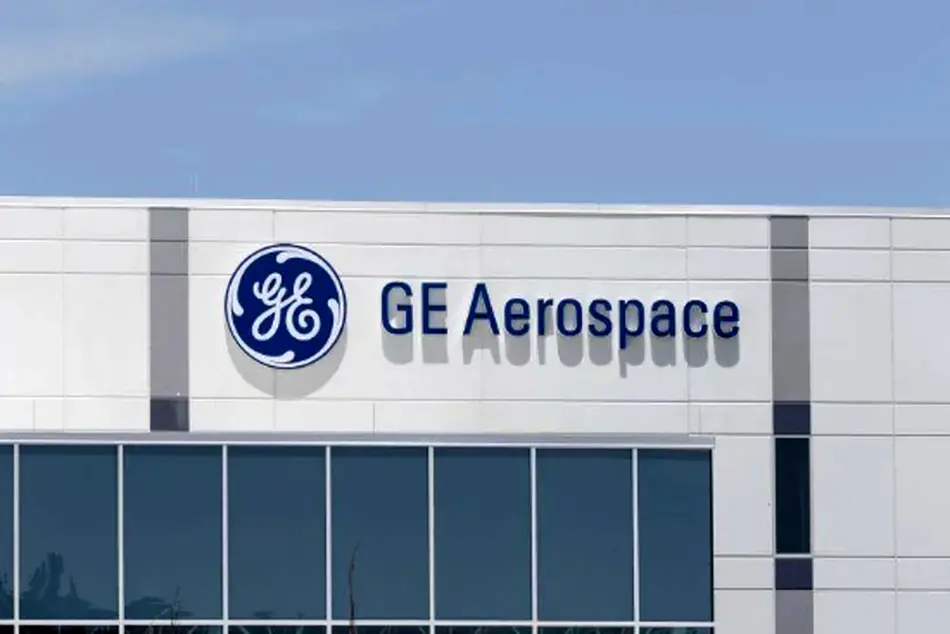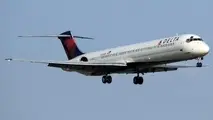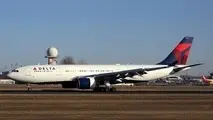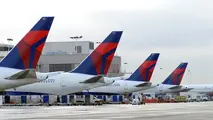GE, Pratt Cautiously Optimistic On Aftermarket Outlook
With tariff uncertainty front and center, major engine suppliers are not yet seeing signs of demand shifts that threaten strong aftermarket activity projections.

With tariff uncertainty front and center, major engine suppliers are not yet seeing signs of demand shifts that threaten strong aftermarket activity projections.
Senior executives with GE Aerospace and Pratt & Whitney parent RTX acknowledge that fast-changing microeconomic factors, led by the ramifications from tariffs on the economy and travel demand, make short-term forecasting difficult. But signals from customers suggest that while airlines are trimming capacity, large-scale shifts in utilization or retirement rates are not imminent.
“We’ve got people embedded with our airline customers, service reps,” RTX President Chris Calio said on the company’s first quarter (Q1) earnings call April 22. “Our customer-facing teams do bottom-up analysis with our customers and have a really, really solid understanding of their assumptions on traffic, on capacity, and of their plans and the levers they’re thinking about sort of pulling.
We’ll take action as necessary as we’re watching those buying patterns. We watch them on a daily basis, and we react quickly when we see shifts.”
Pratt saw organic commercial aftermarket sales jump 28% last quarter, while GE saw sales rise 17%. But the economic outlook is quickly changing.
While overall demand remains solid, the geopolitical climate means not all regions and trade partnerships are affected equally. GE Aerospace has reduced its spare parts sales outlook for China, for instance. Some of that material may end up with other customers, “but there will probably still be an impact,” GE CFO Rahul Ghai said on the company's April 22 earnings call.
Despite the potential headwinds, GE’s strong start to 2025 has it confident that its low double-digit spare parts growth projection for the full year remains accurate.
“When you look around the world, departures are holding up pretty well,” GE CEO Larry Culp said. “I think we’re just taking a conservative view with respect to the second half [of the year]. U.S. departures could soften, and we may see some adjustments elsewhere. We’ll leave the detail planning to the airlines.”
Several large carriers, including Delta Air Lines, Frontier Airlines and United Airlines have recently revised growth projections downward. United earlier this year said it would accelerate retirement of 21 IAE V2500-powered Airbus A320ceos rather than spend $100 million on engine overhauls to keep the aging airframes in service.
Even if the moves broaden into a long-term trend, engine overhaul shops would not see many ramifications for several quarters.
“When you look at past downturns, it has taken two, three, four quarters, sometimes longer, for that departure slowdown to really impact our activities,” Culp said. “The engines that are off wing today ... either in our shops, waiting to come in the shop or waiting to be delivered to us ... would take us well into the fall.”
Part of that is today’s slower turn times, Culp acknowledges. But the demand also illustrates the aftermarket’s current strong state.
“We don’t like the fact that we’ve got such delinquencies in place,” Culp said. “We want to serve our customers better. But it does, I think, support the underlying strength of the backlog.”
Inherent in large services backlogs are consistently strong demand for legacy engine work.
GE Aerospace sees CFM56 shop-visit growth rising in the mid-single digits.
Pratt’s full-year outlook for about 800 IAE V2500 shop visits worldwide remains in play, while PW2000 and PW4000 shop visits are also trending as expected.
“We remain cautiously optimistic that aircraft utilization will remain strong, supporting continued aftermarket demand,” Calio said. “But of course, we will closely monitor consumer sentiment as we approach the busy summer travel season.”



